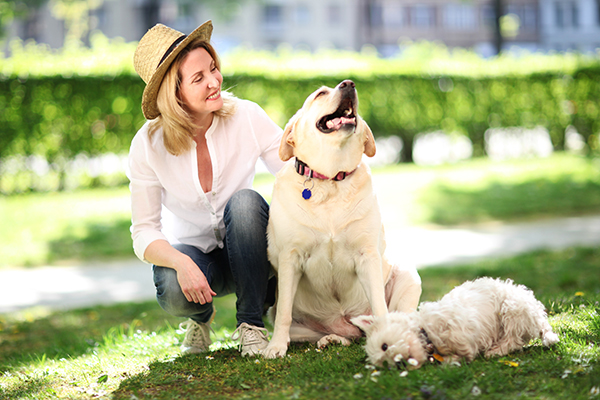![]()
Blog @ SunTech
Advice from the BP Measurement Experts
Why Does the Cuff Have to Be at Heart Level?
Have you heard the requirement for blood pressure (BP) readings that the cuff must be at the same height as the patient’s heart? You may already be aware that this is necessary for all oscillometric monitors to get the most accurate readings possible.
But why is this necessary for accuracy?
Hydrostatics and the Physics of Blood Pressure
The reason is hydrostatic pressure differences due to height. When we measure blood pressure, we are measuring the pressure exerted by the blood on the artery walls. Like everything else, the blood in our bodies and our patient’s bodies has forces, like gravity, that are continuously being exerted on it.
Gravity is pulling our blood down. So, when you lift your arm up or put it back down, gravity pulls the blood downward, leading to small but important changes in the blood volume at the height of the cuff. When there is less volume of blood in the artery at the measurement site, there is less volume for gravity to act upon, leading to a lower BP reading. If there is more blood volume at the measurement site, blood pressure will be higher.
Working with (Not Against) Gravity
When measuring BP, you want to eliminate the influence of gravity as much as possible. This is why it is so important to be consistent about the location of the measurement site relative to the location of the heart. The heart is the standard reference level for measurement of BP and even a small change in height can lead to a significant change in BP. This is one of the most common errors in BP measurement.
Measuring BP at a location positioned above the patient’s heart will give a BP reading that is falsely low and measuring at a point below the heart will give a reading that is too high. The impact is approximately a decrease or increase of 0.8 mmHg per centimeter above or below the level of the heart, respectively (about 2 mmHg per inch of height difference).
Cuff Placement for Companion Animals
BP is a constantly changing number and there are many factors that impact the result. Cuff location and relative height is just one factor, but it is one that is easy to control. Always double check that you have placed the cuff as close as possible to the height of the patient’s heart.
On cats and dogs, the limb is an acceptable placement as long as the animal is lying down or the limb is elevated. The base of the tail is also a good location for cuff placement.
Looking for more information on blood pressure for companion animals?
We created a poster that includes a visual guide on proper cuff placement on animals to ensure accurate veterinary blood pressure readings.
Download it here: https://go.suntechmed.com/l/493051/2018-10-18/4fnps
Interested in getting more SunTech news, product info, as well as
tips, tricks, and insights from BP experts?
Sign up to get fresh content delivered direct to your inbox.




